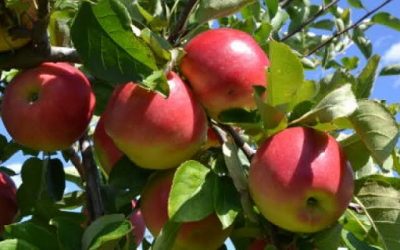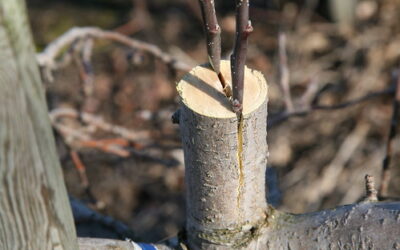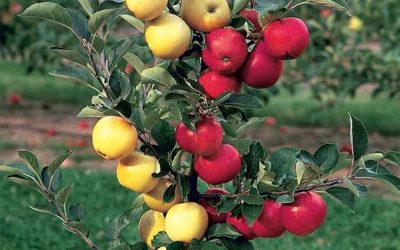How to get best yields from your Apples trees.

As one of the most cultivated tree fruits in the world and one of the most demanded due to its unrivalled nutritional value, apples have recorded increased cultivation in Uganda and East Africa.
While traditionally East Africa has relied solely on imports, local interventions by research institutions coupled with farmers appetite for the crop is making local varieties easily accessible.
Propagation
Apples can be propagated both by seed and through grafting. However, growing apples from seed does not result in the same crop as the parent but grafts retain their properties and taste just as great as their parents. To get good crop, it is recommended by agronomists that you use grafted apple seedlings to establish your apple orchard.
There are three important things to consider while growing apples namely climatic conditions, soil properties and choice of variety.
Apples require cold conditions to be productive. Areas with average temperature range of 10-18 °C are good for apple production in warm tropical climates.
Soils
Fertile and well drained soils are necessary to obtain a good crop of an apple plant. It is also important to feed your apple plant as it grows. Apples tolerate PH range of 6.0-7.0 but prefer a PH range of 6.5-6.8. There are more than 7500 apple varieties in the world but not all can grow in Kenya and Uganda.
Apple varieties adapted to a particular area should be planted in that area. In highland area, varieties Anna, Golden Dorset and Winter banana are recommended. The most common varieties are disease resistant varieties which include, Enterprise, Liberty, Gold rush, Jona free, Pristine, and William Pride which are resistant to apple scab and fire blight.
Pollinator variety
It is advisable for a farmer to always consider planting a pollinator variety in your apple orchard since most apple varieties are self-sterile. Anna and Golden Dorset have a matching flowering pattern and make a good combination in an orchard. Anna, Golden Dorset and Winter banana also combine well for a good crop.
Planting
Begin land preparation by removing all vegetative matter, trees and stumps in the field. Dig 1mx1mx1m pits one month before planting and Use a basin of farm yard manure mix with top soil and fill in each pit immediately after pitting.
Plant the seedling leaving the graft union 3 inches or 3 figures above the ground. Arrange your plants in a rectangular or square layout spaced at 4mx3m or 3mx3m. This will give you some space to intercrop. However, on steep slopes, make terraces for each line of apple plants.
Remove all sprouts below the graft union and do not allow the rootstock to grow at any time. This will suppress the plant (scion) and may result in scion abortion. Weed your apple orchard regularly either using strip or ring weeding. Do clear the orchard of all vegetation to reduce soil erosion
Intercrop your orchard with annuals such as beans, cow peas and soya beans. This will provide you economic benefits as you wait for the apples to grow and become productive which can take up to 2 years.
Remove all branches from ground to 0.5m including those below and above the graft union. And allow only a single plant at this point. Watch out for pests (aphids, mites, rodents, ants, leaf miners) and diseases (powdery mildew, Scab – dark or black spots on leaves, and fire blight – burnt leaves.


